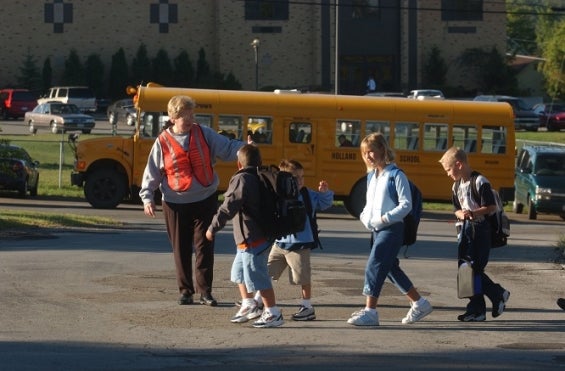Headline News
More Students Affected By Low Wages At Home

Low-wage jobs are demoralizing for the workers who hold them and seriously challenge their ability to support their families. While some might think it’s not a wide-reaching problem, they are dead wrong. And new statistics on public school students tell why.
A report released by the Southern Education Foundation this month states that a majority of K-12 students in the public schools – 51 percent – received free or reduced lunch in 2013, the first time in at least 50 years so many kids have done so. That’s up from 32 percent in 1989. Those numbers threaten the nation’s economic prosperity going forward.
Student poverty numbers are especially troubling in the South and West. Thirteen of the 21 states with a majority of low-income pupils last year were located in the South, while six more were in the Western U.S. Mississippi led the nation with a 71 percent poverty rate, followed by New Mexico at 68 percent. Meanwhile, in 40 of 50 states, low-income students made up at least 40 percent of the public school population.
The risk of this continuing trend is staggering not only for the children it effects, but to the American population at large. Another report examining students who have parents working low-wage jobs notes that many such kids don’t even have the basics to help them in their studies, never mind after-school or other programs to promote their development.
In addition, “Low-wage jobs often have inflexible schedules that conflict with or disrupt family time. Parents are thus denied the critical time to monitor and encourage their children and adolescents.” Taken together, that leads to more kids from low-income families dropping out, the document finds.
There are also more negative health issues for kids in poverty, the Food Research and Action Center found. Children from low-income households are more likely to be obese, which leads to greater health care costs that are likely to be shouldered by taxpayers.
As these reports show, there is a lot at stake for children of low-wage earners. The hurdles they face are real and cannot just be ignored. But there are solutions available to help lift these families out of poverty.
The first, and best, is to join a union like the Teamsters. The median union worker earns $200 more a week than a non-union worker. That’s more than $10,000 a year! Beyond the pay hike, unions also give workers a voice as well as additional protections in the workplace.
Lawmakers could also increase the minimum wage as a way to help low-wage workers earn more. But that looks increasingly unlikely given the changes in Congress.
Investing in business is fine, but investing in American working families should be our priority. It also makes economic sense. Helping our children succeed will lead to a more successful country as a whole. We ignore these problems at our own peril.